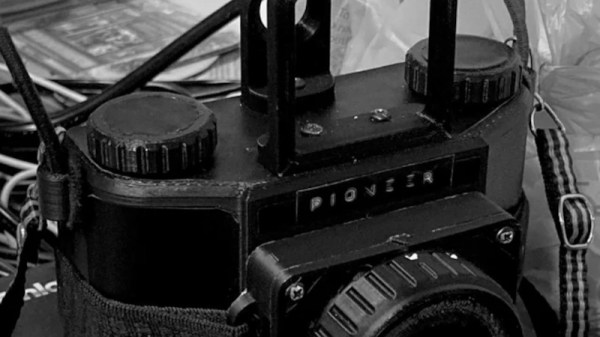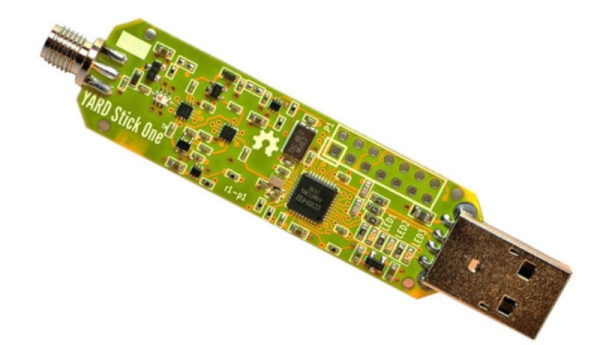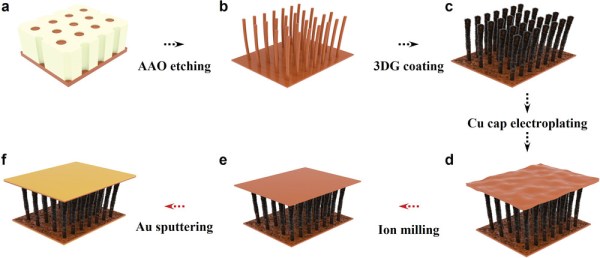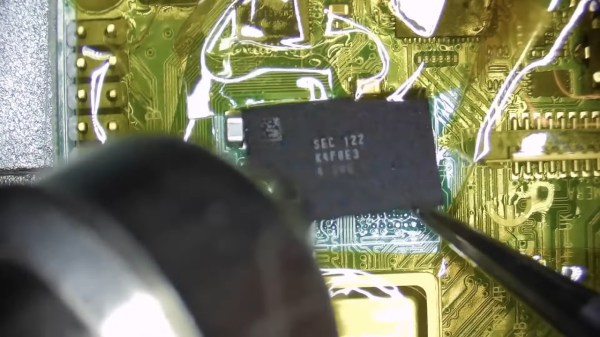Film photography may now be something so outdated as to be unknown to our younger readers, but as an analogue medium it has enjoyed a steady enthusiast revival. There is still a bonanza of second-hand cameras from the days when it was king to be found, but for some photographers it’s preferable to experiment with their own designs. Among them is Reddit user [elelcoolbeenz], who has produced their own medium format camera for 120 roll film.
The camera has a plastic 3D printed body and a single meniscus lens, and perhaps most interestingly, a 3D printed shutter too. It’s heavily reminiscent of the Holga and Lomo plastic cameras that have carved a niche for themselves, and it gives the same photographic effects from its dubious quality optics.
There’s a snag of course, that the STLs are not yet available We say not yet, because this comes with a detailed explanation in that further work is required on the shutter and a more commonly available lens is found rather than a one-off. We still think it’s worthy of featuring at this stage though, because it serves to illustrate that building a camera is not impossible. We’d love to see more of them, though we expect few of them to go to the lengths this aluminium one did.


















